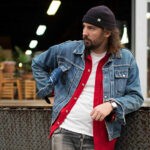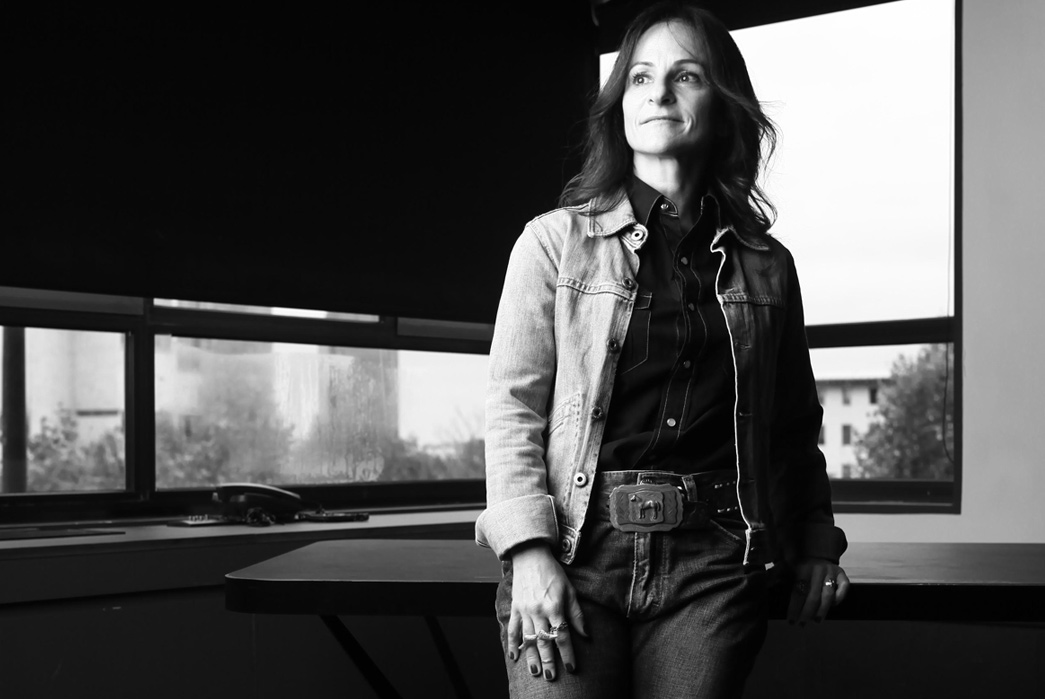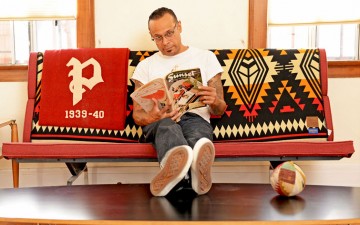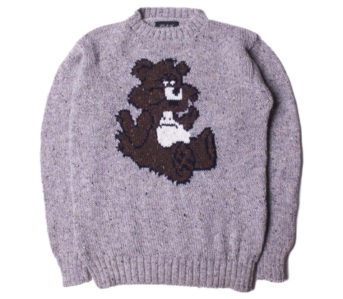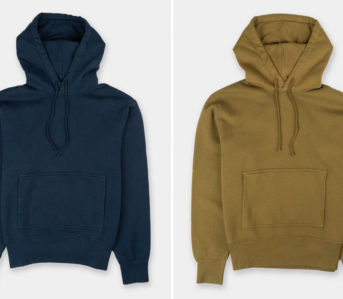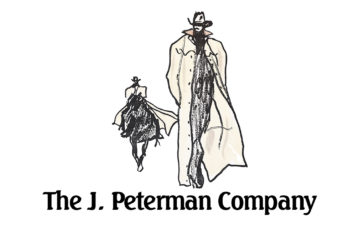
Sustainability is the word on everyone’s lips the past few years in denim. Producing our favorite indigo fabric is incredibly resource intensive, and many of the biggest names in the business are adjusting their practices in the coming realities of climate change.
Levi’s wants you to know how much water is being saved in their “Water<Less” program, G-Star and Pharrell Williams are determined to pull as much plastic out of the ocean as they can publicize, and Everlane touts that their jeans are all made in LEED-certified factories.
But more important in this fight are the upstream manufacturers that actually weave the fabric and sew the jeans being sold by the brands we all know. Soorty is one of the largest integrated producers of denim and apparel in the world and they have worked to position themselves as an industry leader in sustainable manufacturing practices. We were able to speak with Soorty’s Executive Director of Global Sales & Marketing, Ebru Debbag to discuss the progress they’ve made and what sustainable denim production should look like in the future.
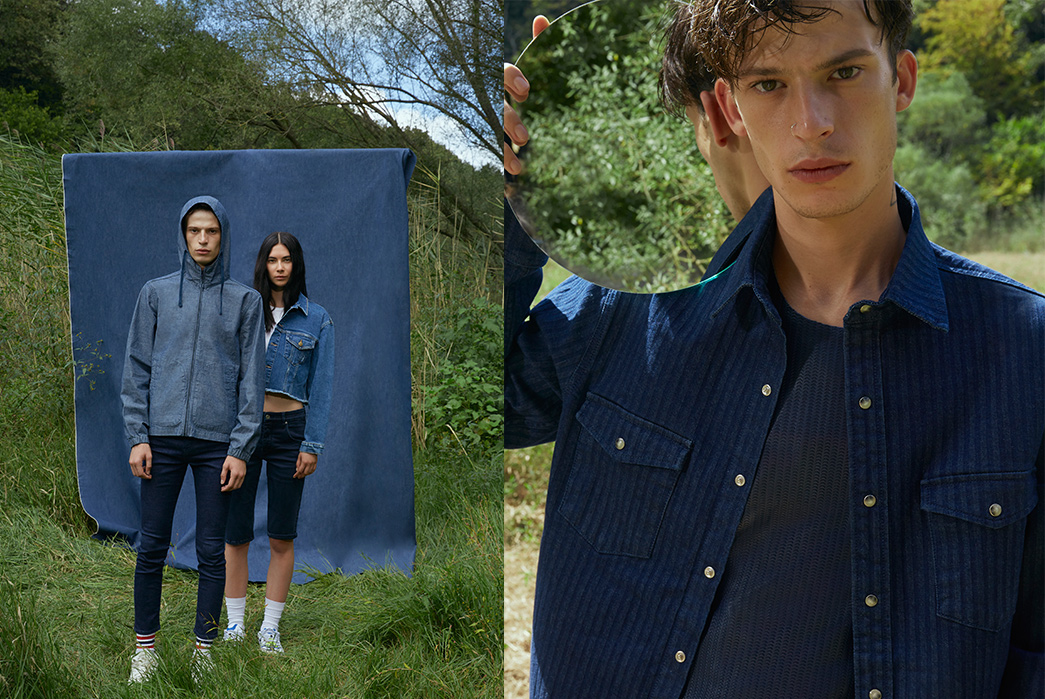
Heddels (David Shuck): What is the best way to measure Soorty’s improvements in sustainability and efficiency? Water usage? Power consumption? Chemicals used or not used? Is there a way to calculate what resources it takes to make the average pair of jeans at Soorty and do you have a benchmark there you’re trying to achieve?
Ebru Debbag: The industry does not have a standard measurement guide and this has been criticized by many including ourselves. However, as fashion is about creativity, I believe that we have to keep on being innovative in our expressions for our efforts as well. The response we have from our stakeholders are the best judge of our sustainable and efficiency improvements.
We have taken the SDGs (sustainable development goals) as our guide and have started implementing the guideline into our processes as well as our development plans and we are engaging with global platforms. Brands and retailers are reaching out to us to share our sustainability guideline with their teams. Water is an important scarce resource and we are implementing multiple projects to preserve and help preserve water use.
The majority of the water consumption of cotton in textiles takes place in the farming stage. By replacing virgin cotton with post consumer waste as well as using alternative sustainable man-made fibers we are introducing design for purpose into how we innovate. Laser friendly fabric developments, the use of laser friendly fabrics in our garment production, our Zero Waste Water Dye technique, the Eco Applicator that we are using in the denim production and further investments are all a part of our projects.
We have targeted a responsible laundry approach. The textile machinery has a heavy load. We use natural gas generators in our company to support this while the rest of the world, the main source of fuel is coal, which is way dirtier. We invest in clean energy and the solar panels currently produce 85% of the total energy our our LEED Platinum Plant in Karachi and we intend to grow this further. We will be calculating the full details on what resources it takes to make a pair of jeans and our benchmark is improving our results.
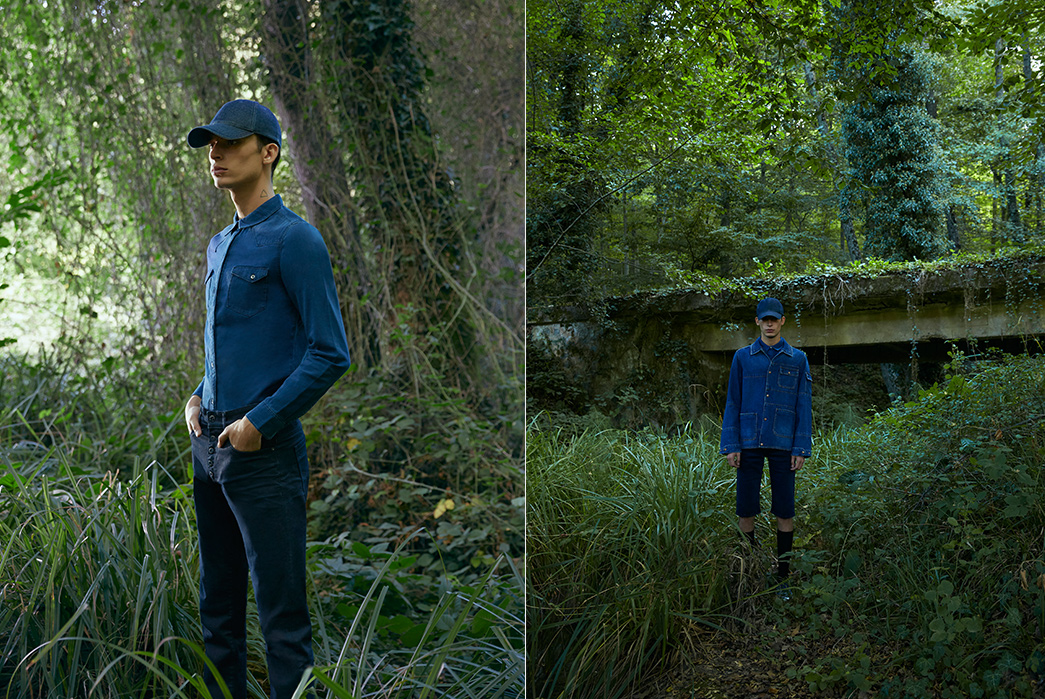
H: What areas in the denim industry do you think have the most room for improvement? Cotton growing? Spinning? Dyeing? Etc.
ED: Cotton growing is the main point of concentration that the denim industry needs to improve. Conventional cotton growing requires a lot of water and use of pesticides and insecticides.
The amount of water used in jeans production is 67% at the cotton growing part. (A Levis Study) Then comes the post consumer stage with 23%. Finally, the fabric production takes up 6% of the total water consumption in the making of a pair of jeans. This is why it is important to start with the design and fiber stage. We are working on cotton-less denim alternatives which still hold the denim aspect and are designed with responsible materials.
H: Washing and distressing are also some of the most resource intensive steps in the denim production process.It doesn’t seem like consumers will go back to raw denim in the mainstream and manufacturers will need to make (and destroy) denim for that part of the market. Can manufacturers create the same looks and feels of distressing without the heavy cost of water and chemicals?
ED: Innovation in washing jeans is key and we have to look out for what is happening on the retail floor so that we can grow with the consumers. We have launched our Climate Jeans Collection where we have integrated design for purpose features. The Laser Friendly fabrics base is a great alternative to offer to innovate on the finishes while saving water and chemicals. Laser applications will bring further design success into the market.
H: What are the resource differences between jeans that are distressed via laser versus jeans distressed with traditional methods?
ED: If we compare conventional laundry with Denim Kind (our new garment facility) the comparisons are worth mentioning as it’s around 75% liquor saving (the water taken up by the fabric), and the chemical saving is around 60%. Also, there is a time savings of 50% and energy savings of around 10% because we are using laser and Ozone, which have a higher consumption of electricity. Denim Kind is partly solar powered and we will be expanding our use of renewable energy in 2020.
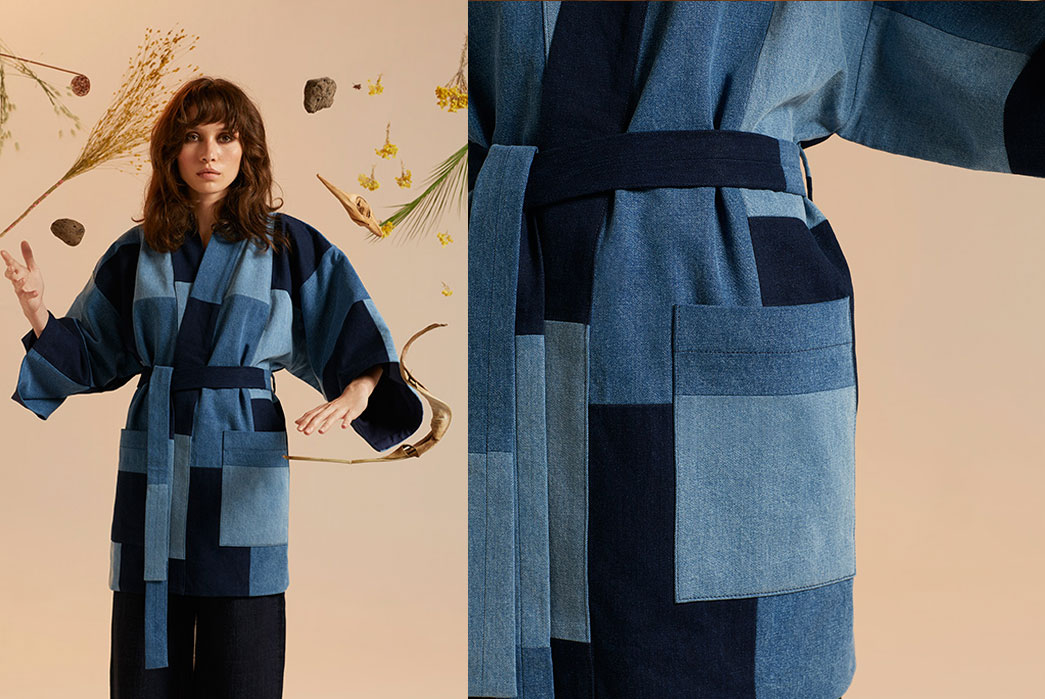
H: I was particularly struck by your “Summer Layers” initiative, where you discussed the need for lighter layers in a warming world. Do you think that denim (traditionally a cooler weather fabric) and denim manufacturers will have to adapt to a world that’s inevitably going to get hotter? If so, what changes do you think a company like Soorty can make?
ED: Climate Change is for real. We have invested in the slasher indigo dye system so that we can add to our collection of lighter weight denim fabrics. If you consider the changes “denim” has gone through over the past three decades since when I first started working for this industry we can call this change a revolution.
Denim has become adaptive and will further mold as culture and the environment changes and we are constantly exploring new fibers, new processes so that we can also innovate for an adaptive denim concept.
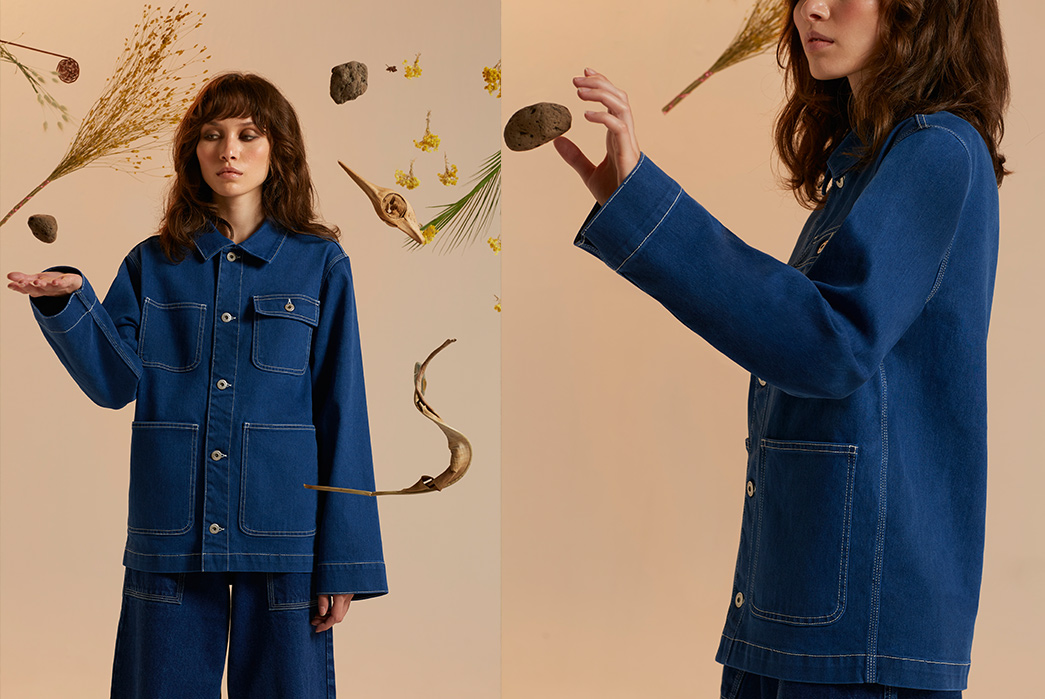
H: The supply chain for apparel manufacturing is immensely complex and can span half a dozen countries just to produce a single garment. Do you think government regulation is a possible solution to more environmentally friendly clothing when it would need to apply too many many governments to be effective?
ED: I believe that regulations are only a part of the solution. Carbon emissions need to be traced and reported but the real change will happen when the consumer starts discussing not the price but the value of our jeans. I have been working on this idea for a while. The full life cycle of a pair of jeans need to be tracked and traceable and this information needs to be translated into being useful for the consumer.
The real change will happen when people change their behavior and demand to know the value of their clothing. The value definition is not only economical but also social and environmental and these measures have to be translated into meaningful dollar values. I also believe that vertical operations where there is the possibility of growing sustainable raw materials, the possibility of “tiny” factories for near-shoring will help. Government regulations and namely taxation will be a part of the value definition of the supply.
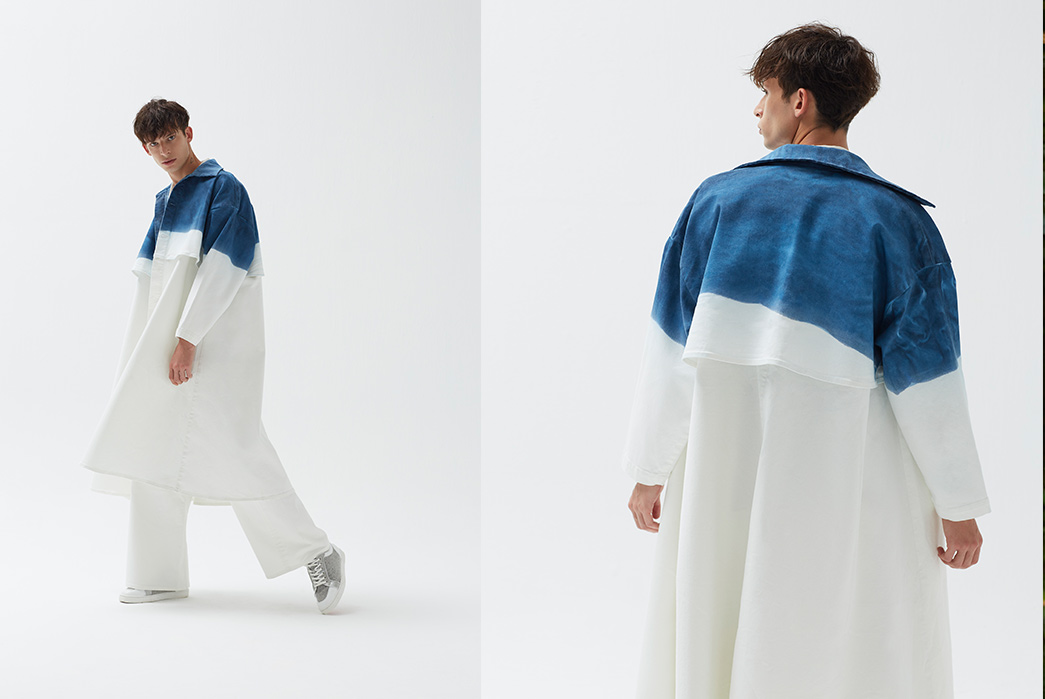
H: Could you expand on a 21st century definition of pricing? I’m also fascinated by this idea. Would this be a value that takes into account all of the environmental and resource as well as the traditional capital costs of a garment and sets that against what the potential life of the garment might be (cost per wear or some equivalent)?
ED: This is an idea that I have come up with after some intense research on the idea of Anthropocene and I am actually working on an article with this idea. It includes all the environmental and social impact a product generates into the “value” definition of the products. The value generated is actually embedded into the full life cycle of the product from the fiber to the jeans and thereafter as we have to also consider the post consumer life of the jeans.
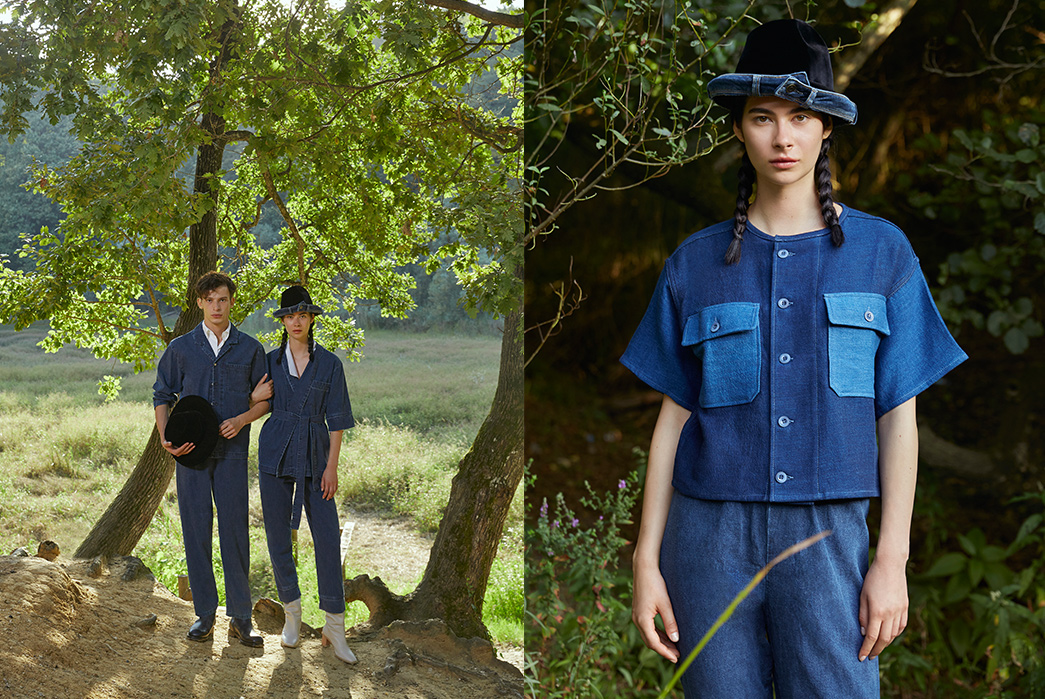
H: Environmentalism and sustainability has become a big part of many clothing brand’s marketing efforts, leading some to believe that it’s disingenuous “greenwashing” by companies that just want to capitalize on the image benefits of being eco-friendly. How can a consumer know that what they’re buying was actually made sustainably and not a marketing gimmick? Do you think a consumer recognized standard (like Fair Trade) is needed for environmental manufacturing?
ED: Today’s customers are digitally linked and the skeptical Gen Z have much better tools to understand whether a message is genuine or not. We are also seeing a lot of digital track and trace tools being introduced and we are only at the very beginning of the blockchain reaction which I believe will be widely used in the coming 5 years. The smart contracts and the standards are being digitalized in multiple industries and we will see this happening in the denim industry as well.
You can find out more about Soorty’s sustainability plans at their Future Possibilities website and on Instagram.
